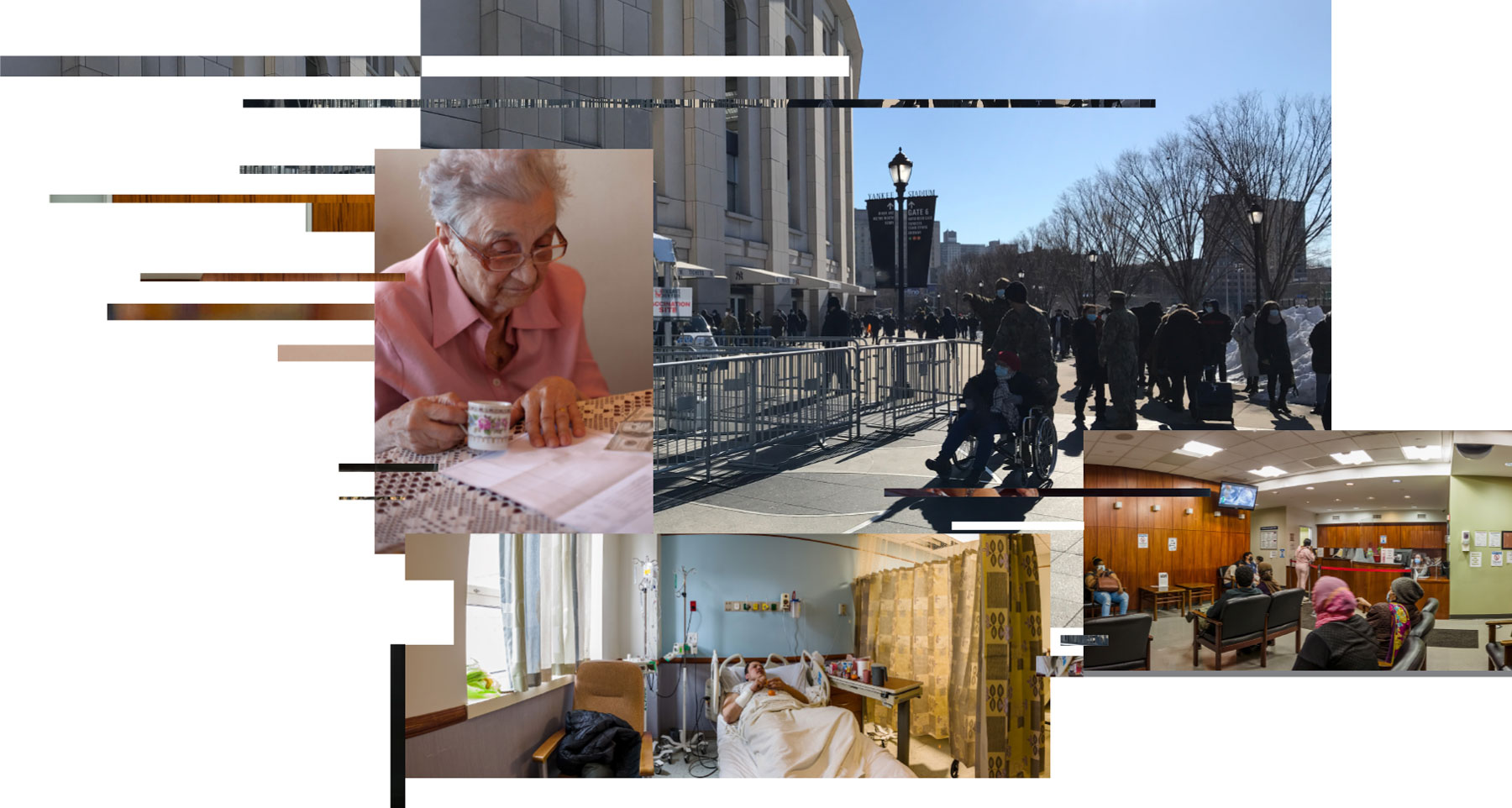

The High Costs of Healthcare Inequality
Statistics compiled by the COVID Tracking Project, for example, showed that Black people were dying at 1.7 times the rate of white people, and a study by the Centers for Disease Control and Prevention found that Latinx, Hispanic, and American Indian or Alaska native people were nearly twice as likely as non-Hispanic white people to seek emergency room care for the disease.
Why the disparity? Commonly cited reasons include the fact that Black and Hispanic people are overrepresented in “essential” jobs, meaning they did not have the option of working remotely, which increased their exposure to the virus. Those in this group were also reported to suffer disproportionately from diabetes, asthma, and obesity, putting them at a higher risk for severe cases of COVID-19. Topping it off, racial and ethnic groups have historically had less access to quality care because of poor or non-existent medical insurance or obstacles in navigating the dauntingly complex healthcare system.
“A disproportionate number of minority [groups] have lost employer-based insurance during COVID,” said Falguni Sen, PhD, professor of strategy and statistics at the Gabelli School and director of Fordham’s Global Healthcare Innovation Management Center. “And a lack of community health centers resulted in later diagnosis of COVID on average, allowing it to become severe before treatment could be administered. People without insurance have also been found to use the emergency room as their primary care.”
Public health experts call these factors social determinants of health, and have long identified them as key reasons for the inequitable delivery of healthcare in America, but the pandemic shone an important light on this problem.

An X-ray on a Country and its Values
The pandemic may have given Americans a better sense of the nation’s health disparities, but probably not of their historic economic consequences. A 2018 report by the W. K. Kellogg Foundation and Altarum, a non-profit healthcare research group, found that disparities result in approximately $93 billion in excess medical care costs and $42 billion in lost productivity annually, not including the economic losses due to premature deaths.
Given those numbers, reducing health disparities would not only lead to less human suffering, but would also reduce inefficiency in a system that accounts for nearly a fifth of America’s gross domestic product, said Pierre.
Healthfirst, which provides medical coverage to 1.7 million New Yorkers, differs from standard health insurance in its value-based healthcare model, which rewards physicians and hospitals for keeping people healthy and ensuring they have quality care . Pierre said that the non-profit stresses quality of treatment over volume. For example, one way the company measures a primary-care physician’s performance is by looking at how many of the doctor’s patients get their annual physical.
“Some patients will take care of it themselves,” said Pierre. “Some you might have to send a reminder. Some you might have to send an Uber. We put more effort into the members who need it more, and our model rewards the physician for the effort. In the typical model, the physician has no incentive.”
A Pharmacy Giant Tackles Health Inequality
The initiative’s goals include increasing testing and screening, optimizing treatment interventions, collaborating with community organizations to simplify access to care, and using certain CVS retail locations to expand access to healthcare services. In addition, there are specific objectives for each disease. In the case of sickle cell, those include doubling the number of patients on hydroxyurea, a low-cost medication that helps manage symptoms of the sickle cell disease; improving adherence among those already on treatment; and ratcheting up trait testing to help those at risk make more informed decisions.
“As the pharmacy benefit manager for one in three Americans, we have a wealth of data on our member population,” said Accetta, noting that the company combines its data with public sources of information to identify disparities and impacted communities. “Given our reach and presence in communities across the nation and our enterprise capabilities, we have a unique opportunity—and we think responsibility—to help address access and equity.”
Improve Medical Literacy, Improve Healthcare
“Medical literacy in this country is very low,” said Sen. “What we don’t have is health promotion and health literacy. That’s where another divide comes in.”

Sen cited mental health treatment, skilled nursing services, and long-term home healthcare as examples of covered care, of which Medicaid recipients may be unaware.
Given the breadth of the problem, the complexity of the American healthcare system, and entrenched patterns of racial and ethnic discrimination, making healthcare accessible and equitable might seem to be an unreachable goal. But for Pierre, Accetta, and Sen, it comes down to remembering what’s at stake: human lives.
“I believe that basic healthcare is a human right,” Sen said. “How can a country as rich as ours stand by while people are dying?”
Stevenson Swanson is a New York-based freelance writer. He is a former national correspondent for the Chicago Tribune.